|
How can we explain the phenomena of seeing a hidden message? What exactly is happening with the white light and each filter that is placed in front of it? How is each color that's on the notecard interacting with the filtered light? How does each color appear to us with the filtered light? Here are the 6th graders' initial models to explain this phenomenon. We'll be revising our models as we discuss the scientific principles in them! Last week, we ventured to the Museum of Science and Industry to connect our learning to exhibits they have there. Two exhibits in particular, the Numbers in Nature Mirror Maze and Science Storms' Color Room directly connected to what we've been doing in class. Check out the photos below to see two phenomena in action:
1. Light reflecting off of mirrors! 2. Colored signs being manipulated by illuminating different colored light on them. How can we take what we know about how light travels, interacts with different materials, and plays a role with color to design our OWN optical illusions, the very concept that began our unit on if we could believe what we see?
Students just began creating their own hidden messages, using notecards, markers, and different colored filters. We'll be using what we've learned about developing models for how we see, how light interacts with different materials, and how light plays a role in the color that appears to our eyes. Check back soon to see how student groups develop models to explain their hidden messages. 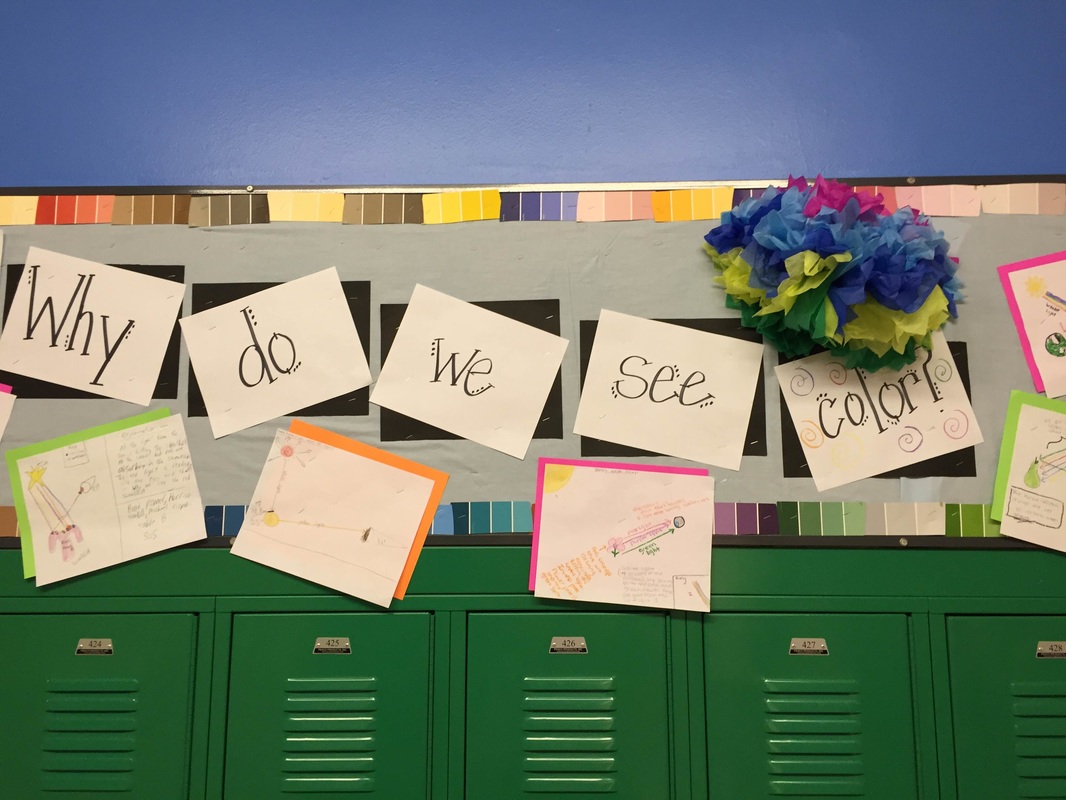 Why do we see color? How does it relate to the color of light that scatters off an object AND the actual color of the object itself? Students know that red, blue, and green light combine to make white light, but what is white light comprised of? Using C-Spectra (a diffraction grating alternative), students were able to gather evidence to see that white light is comprised of many colors, which are identified as red, orange, yellow, green, blue, indigo and violet. From there, students connected their ideas to the light model for how we see. In order to see something that's yellow, yellow light must reflect into our eyes. But what happens to all the other colors? Check out some students' work who continued to revise their models for how we see. Great work 6th grade!
Sixth graders are focusing on an important aspect of how we see. How does light play a role in seeing color? Beyond classroom activities, students used two online simulations to continue to gather evidence for how they see color. The first simulation, Color and Vision, by pHet out of the University of Colorado, shows the effects of placing red, green, and blue in various levels over one another. The second one, Mix 'N Match out of the Exploratorium, shows the same thing but in a different, more quantitative way. Check out each of them! Just know you can't use Mix 'N Match in Chrome.
Adding Multiple Sources of LightAdding a Red FilterCombining Red, Blue, and Green LightCan light do anything else besides scatter/reflect or transmit? Sixth graders looked for evidence as they helped design an experiment involving light and two types of water (clear and dyed). Using the light meter, students measured the amount of light that reflected and transmitted. What did they discover?
That even though the light emitted from the light bulb was the same going towards each water source (we controlled the distance from the light bulb and centered the beakers under the light), the amount of light transmitted through each beaker was different...vastly different! So what does that mean? Light must do something else. Our conclusion--light can also be absorbed. And when it's absorbed, it can also make something happen, like increase the temperature. In both the clear and dyed water, students noticed an increase in temperature. As a result of this experiment, our consensus model has been revised yet again...this time to include how light can reflect/scatter, transmit, or absorb. Great work 6th grade! |
Mrs. Brinza
Archives
January 2016
Categories |
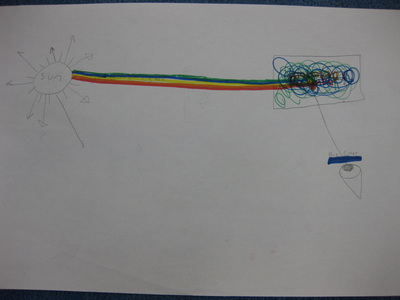
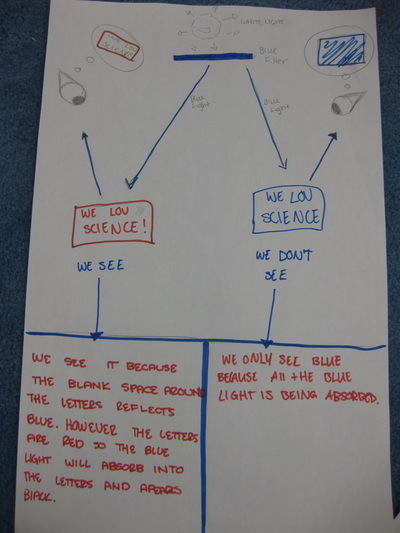
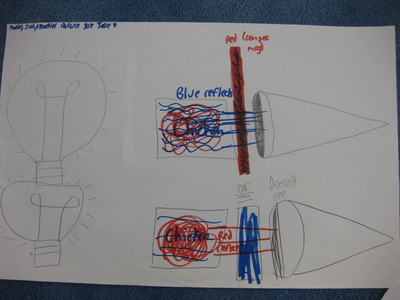
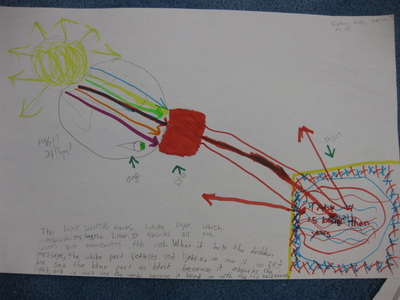
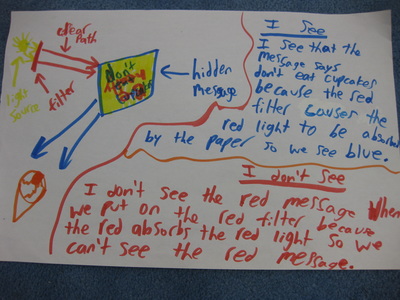
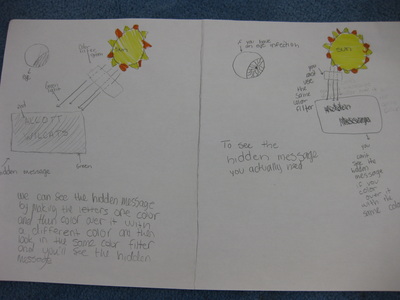
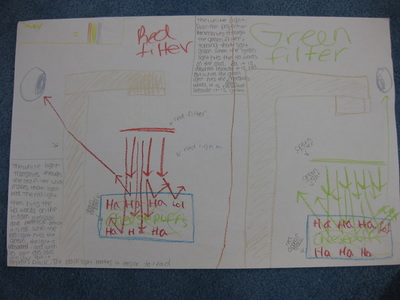
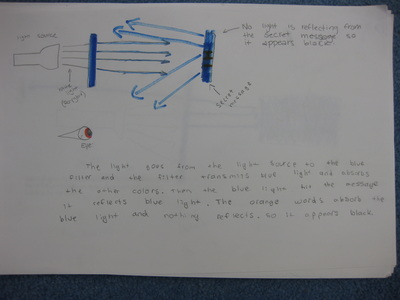
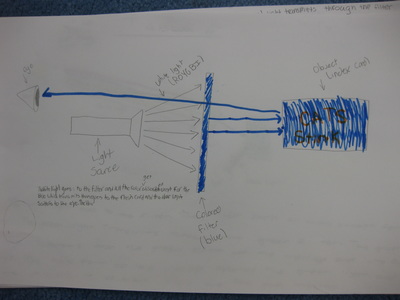
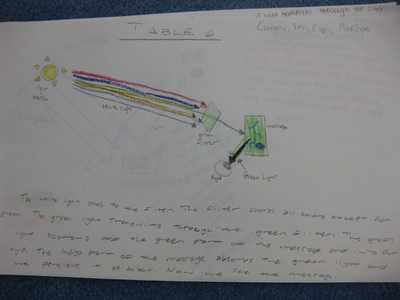
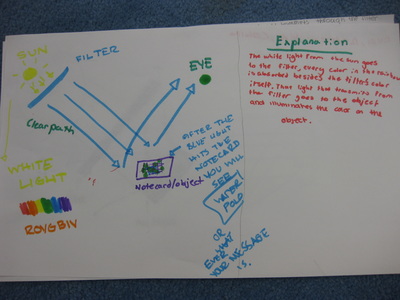
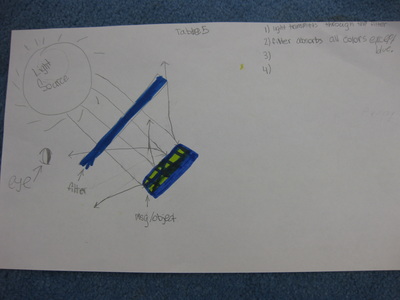
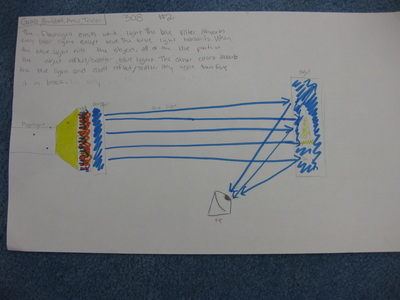
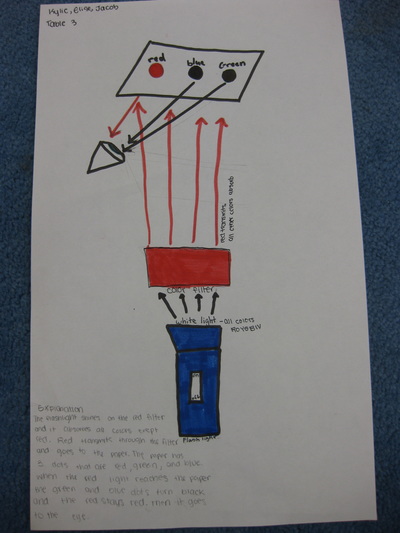
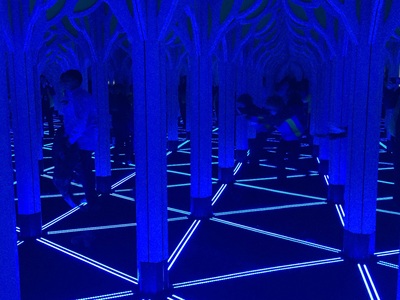
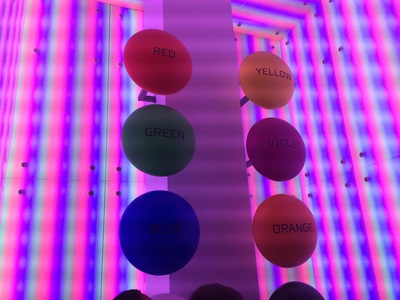
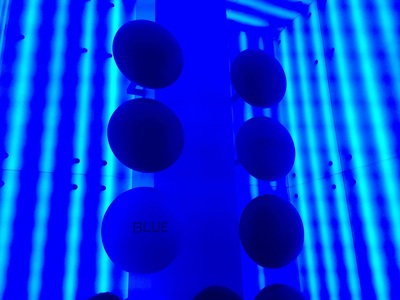
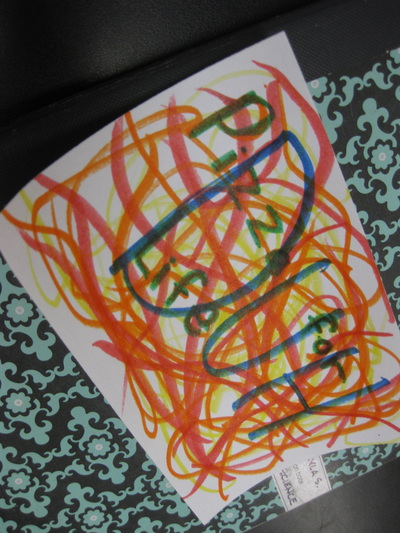
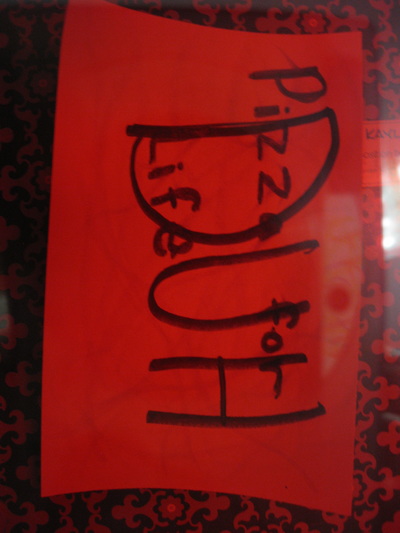
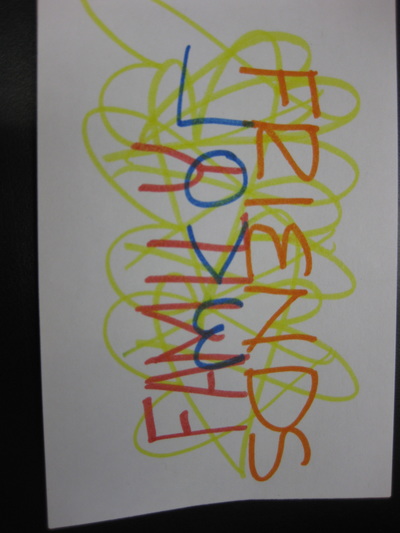
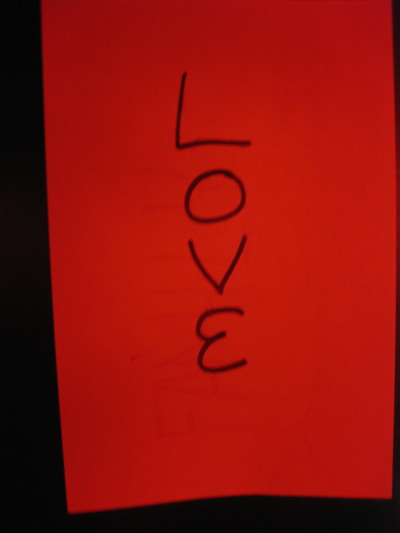
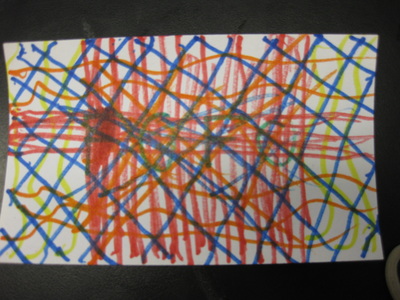
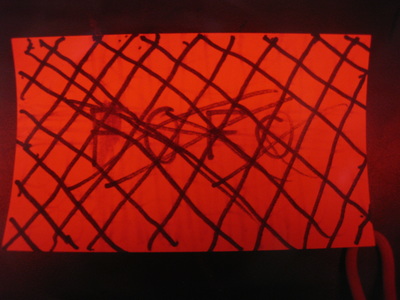
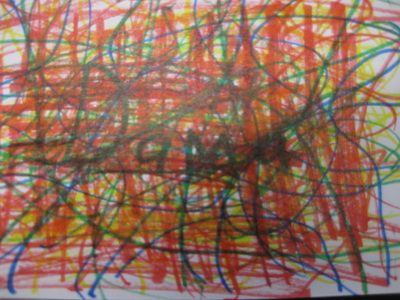
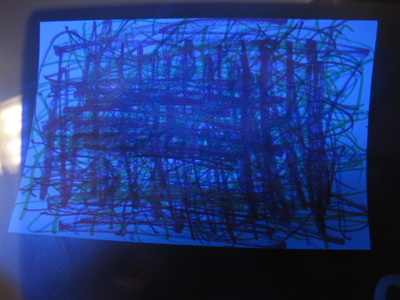
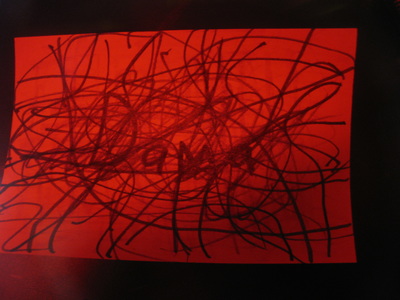
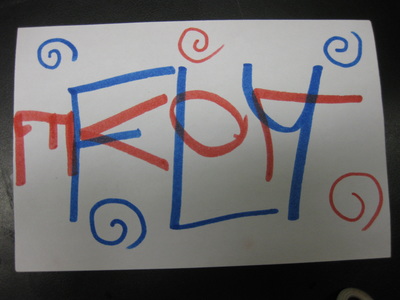
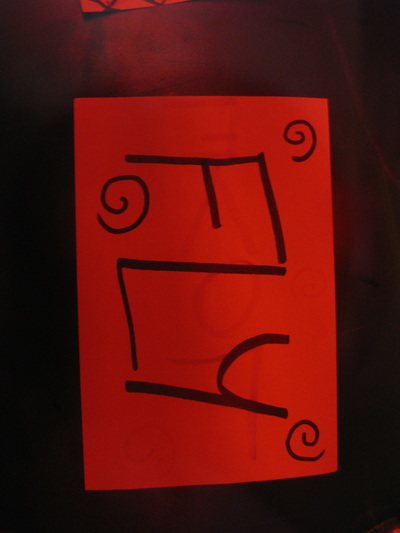
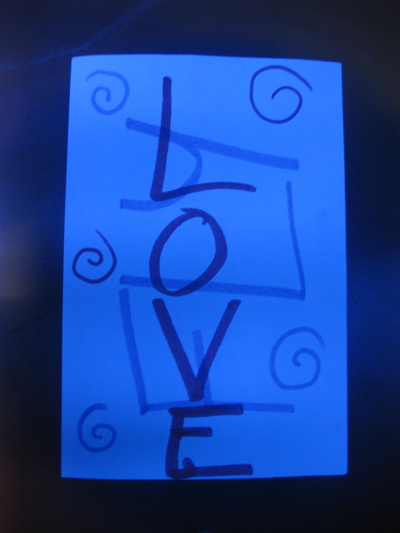
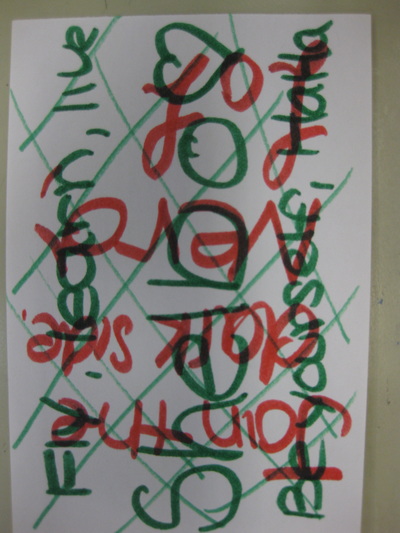
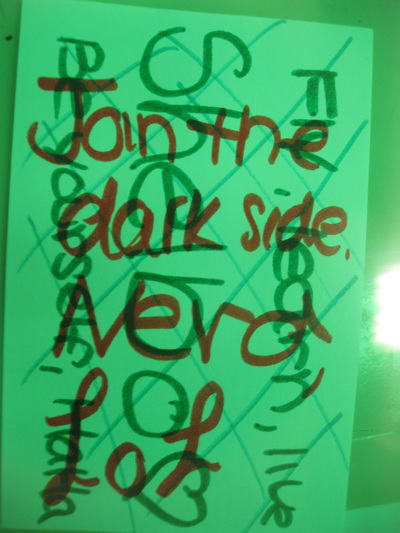
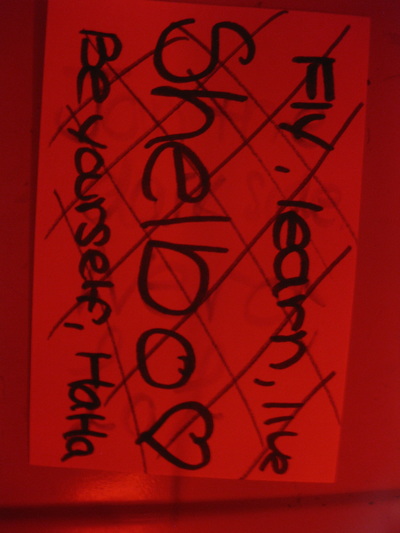
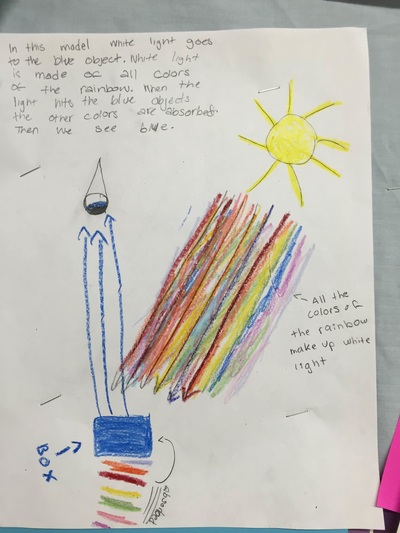
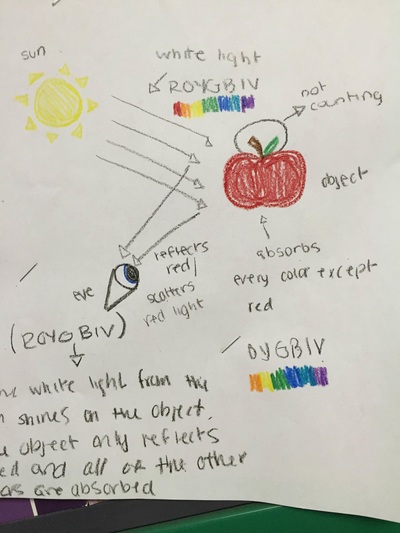
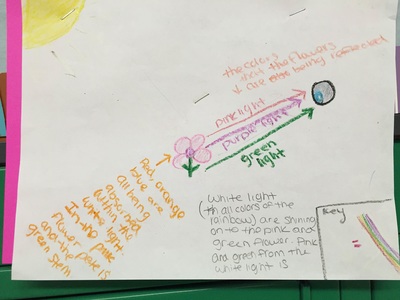
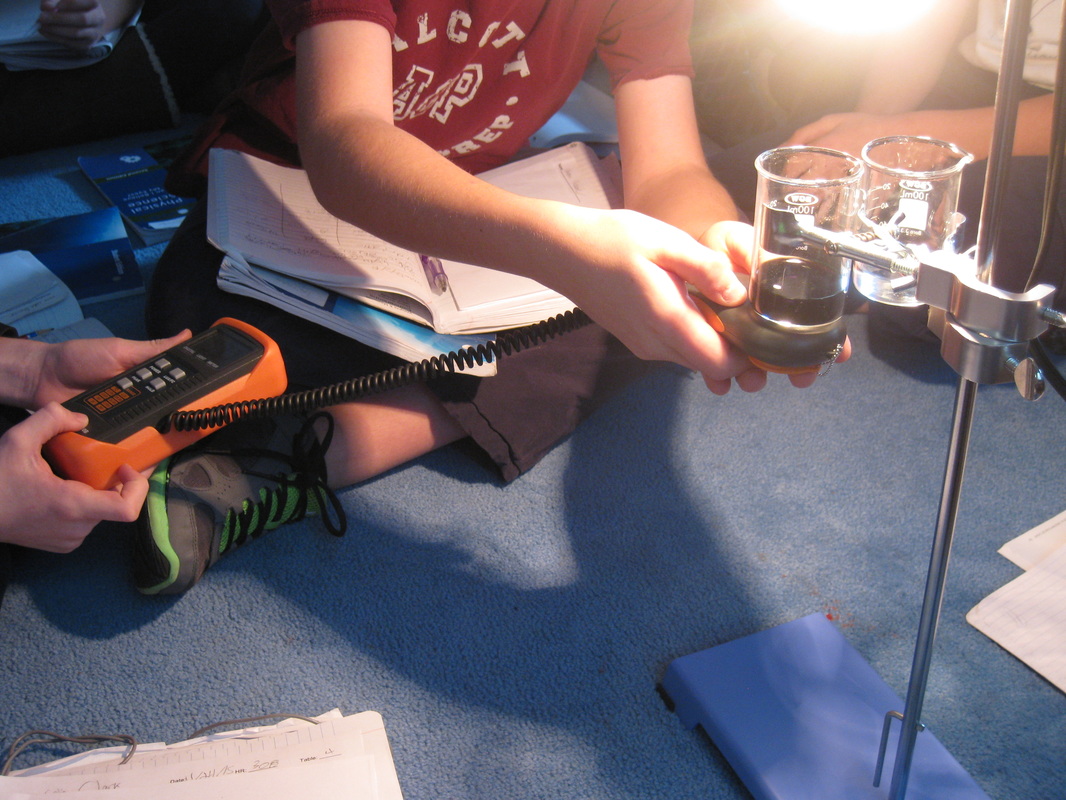
 RSS Feed
RSS Feed